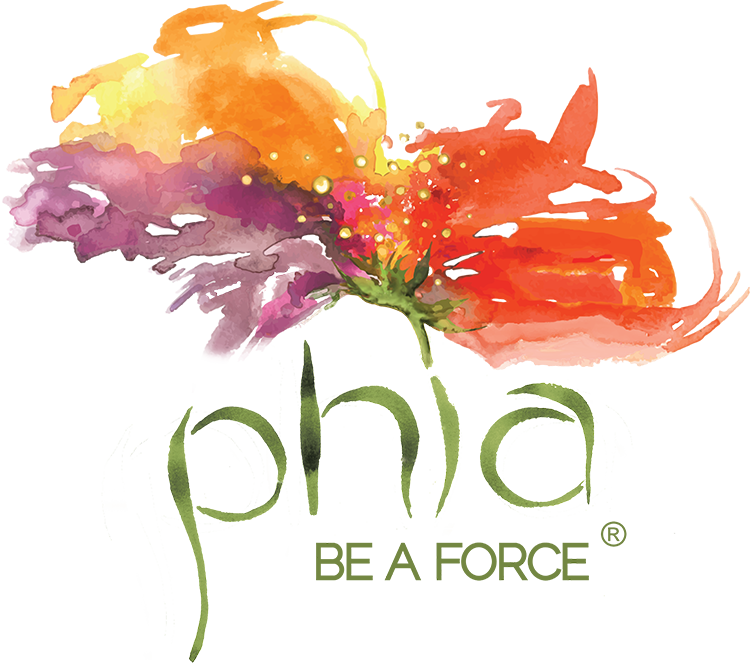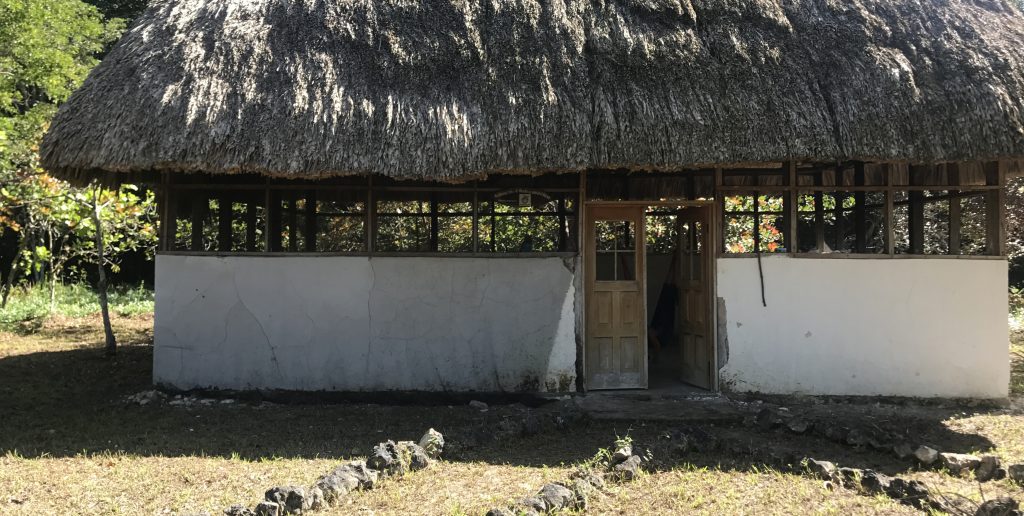
We Need the Forest and the Forest Needs Us
Bio-Itza Reserve – Eco-Village Design Field Trip
Under the stars and a supermoon inside the 36 km2 Bio-Itza Biosphere Reserve in Guatemala, the discussion focused on solutions. Michelle, Mike and family were seated with Reginaldo Chayax Huex, the Bio-Itza Association Founder/Director, Mayan priest and shaman, his son Aderito and several rangers responsible for protecting the Reserve. There in the open air kitchen next to the red embers of the fire, we unpacked the early stages of building an off the grid eco-village to support a sustainable eco-tourism business for this non-profit association.
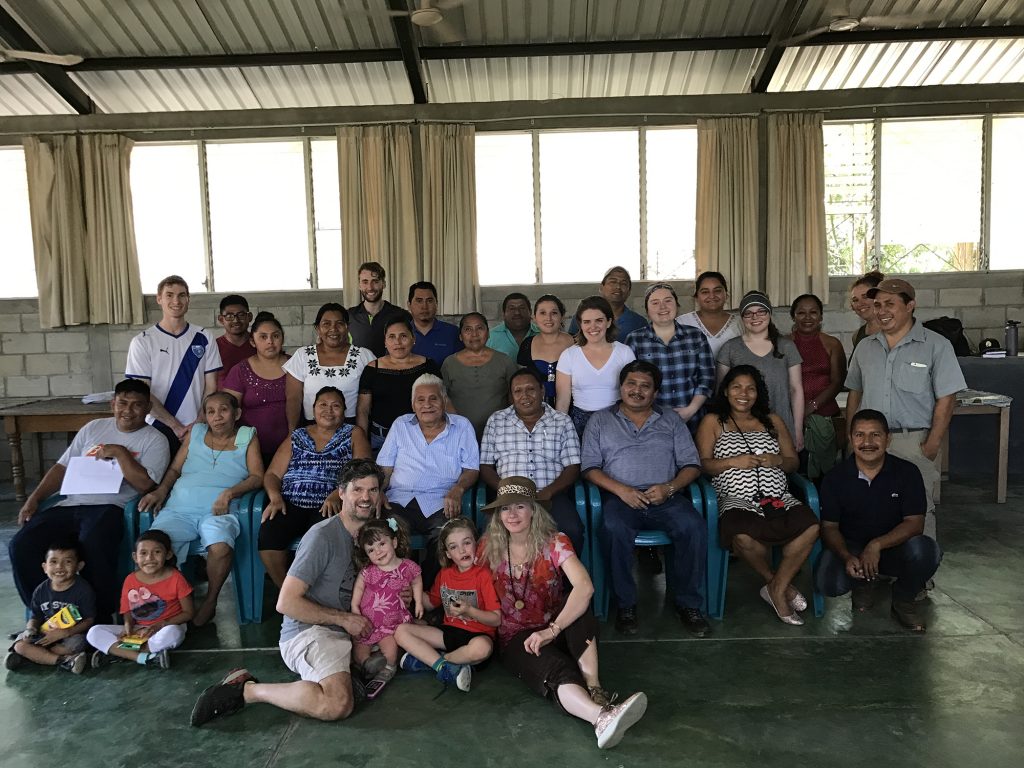
Two days prior in the town of San Jose, a team of six seniors from the Colorado School of Mines lead a community meeting with over 20 interested members sharing their thoughts on preliminary designs. Each of the three round table discussion groups covered a wide range of topics that included solar power, rain catchment, wastewater treatment, building materials, employment, and forest protection. People shared their opinions on a wide range of topics like metal vs palm thatch roofing, the difficulty of transporting windows on the 25 km 4×4 dirt entry road and the importance of employing local people to build and operate the village. There was genuine appreciation for being invited to participate in the planning process as well as the Phia Lab funding that had been provided for the Ranger Program to date.
The soon-to-be engineering graduates continued their work in the Reserve with two days of land and tree surveying, sub-surface geographical analysis, solar assessments and a thorough examination of the septic tank. They came well-prepared not only with the equipment needed to do the work but also with the winning attitude for working in a remote location under the 100+ degree sun. They were focused on getting stuff done and did not let the adventure of an old growth tropical forest distract them from the mission.
The soon-to-be engineering graduates continued their work in the Reserve with two days of land and tree surveying, sub-surface geographical analysis, solar assessments and a thorough examination of the septic tank. They came well-prepared not only with the equipment needed to do the work but also with the winning attitude for working in a remote location under the 100+ degree sun. They were focused on getting stuff done and did not let the adventure of an old growth tropical forest distract them from the mission.
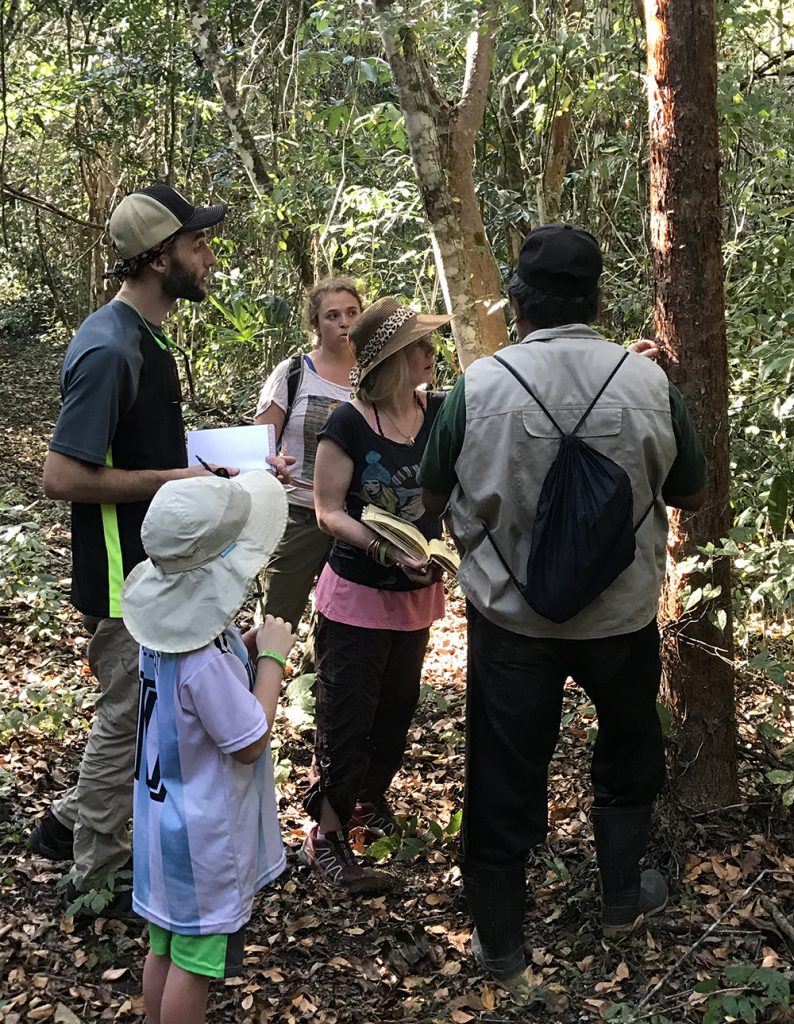
The Mines students enjoyed various degrees of life-changing experiences. From their engagement with the community, to the home-stays with Mayan families and their engineering work in the field, the trip pushed the team out of their individual comfort zones and challenged them to grow on several levels. It was the first journey abroad for some and the first trip to Central America for most. Observing their interactions and over-flowing curiosity brought back memories of my early travels to Ecuador, Bolivia and Peru. Our seven-year-old son Zander enjoyed hangin’ with students on the trail, listening to their stories about growing up, playing tic-tac-toe at the dinner table and learning from them how to burn leaves with a magnifying glass. He thought the engineers were cool, at least cooler than mom and dad!
For our family of four, lyrics from a classic Rolling Stones tune come to mind. “You can’t always get what you want. But if you try sometimes you might find … you get what you need.” In the months preceding this journey, some challenges or learning opportunities depending on one’s mindset, had come in to play and formed a shadow to the perpetual happiness we have been so fortunate to experience. Similar to the year before, we had discussed the option of not making the trip or delaying the trip until we were in a better position to make it happen. But, once again the universe delivered the extra motivation we needed.
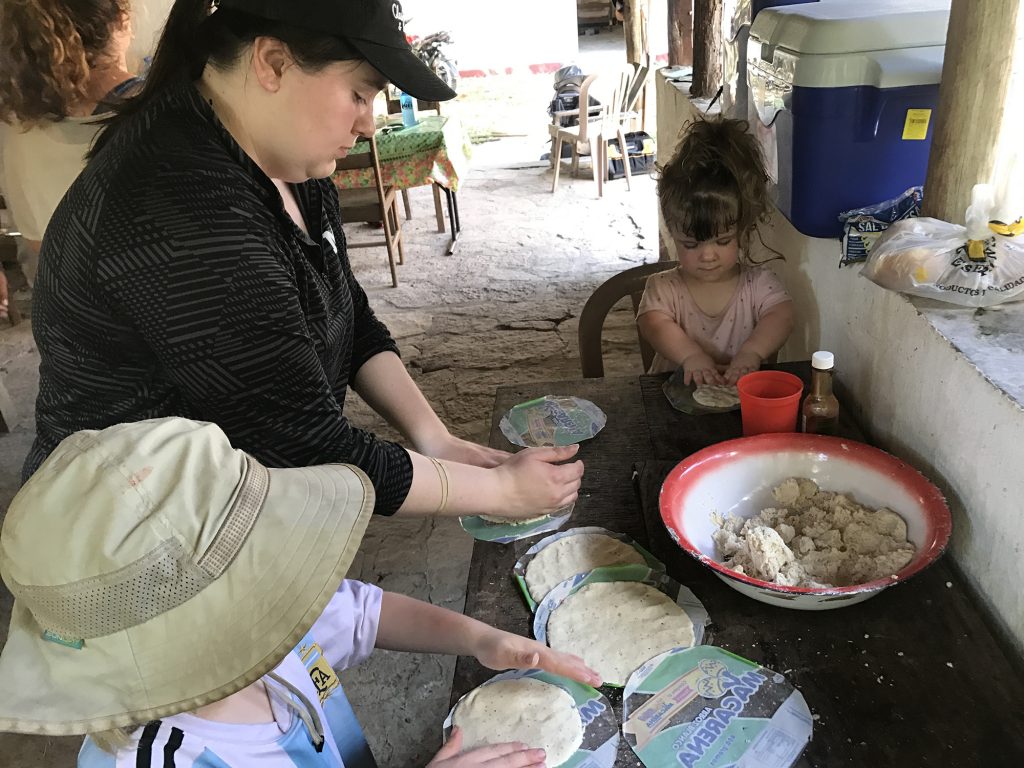
This time it was the excitement and drive that the students displayed on completing the journey. It was time well spent for the kiddos and the adults. We were fortunate enough to track down our guide for Tikal from the prior year. He is highly educated in Mayan history and is an abundant source of life wisdom. On the Tikal visit this year, we got a late start and found ourselves lying on the ground facing the stars in between the two temples in the main ruins complex. Under the moonlight, this guide shared some words that hit home. It went something like this. When in doubt or in unknown territory or in times of uncertainty, help others and you will find your way. We found some needed groove on this journey and are thankful for it.
Even though this was more of a working adventure, we were hungry to get back into the forest and squeezed in two hikes with Don Danny leading the way. On the first day, we hiked due east from camp. On the 2nd day, we hiked on the northeast trail. There are four main trails in the reserve with each requiring about a month of maintenance work a couple times per year. Don Danny took pride in guiding us through the woods with his machete in hand, pointing out the abundant sources of natural medicine and remedies, and locating plants and vines for us to experience on the spot. He identified the six plants known to be remedies for snake bite, the numerous variations of trees including the common Cedar, Mahogany and Chico Zapote, plants to ward off insects, and a water vine with a steady flow of water droplets for thirst. He even prepared a heart of palm snack for us to taste by shaving off the green outer layer of the wild palm plants. Spider monkeys were found in the treetops. Leaf-cutter ant transport highways sliced through the trail bed. Large butterflies posed for pictures and seemed to welcome us as return visitors to their neighborhood. The diversity of life was visibly abundant at every turn in this forest that was starting to feel like a coming home place.
Looking back on the past year and our two visits to the Reserve, we owe a large debt of gratitude to Don Regi who founded the association and continues to be the energy source behind its existence today. He survived years of what is now considered genocide in his own country but has not let go of his desire to protect the earth and his culture. We all meet people who either through their presence or their legacy affect our minds. Don Regi shares a warmth that you may expect from someone who has been designated as a protector of mother earth. Combine this presence with a remarkable legacy for persistence and grit in creating a reserve and the community to support it, his legend will endure in our minds.
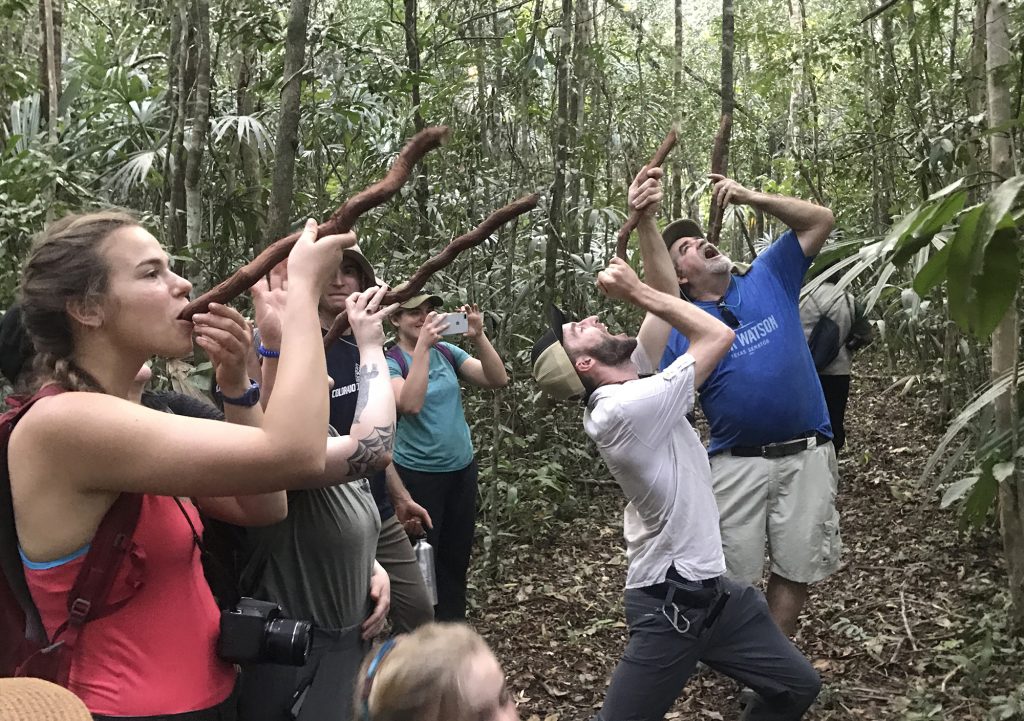
We the Itzá, the last descendants of the Maya lineage in the Petén forest, are watching the forest vanish, its herbs and trees, the animals of its land and water. Our Mayan language is disappearing too, and the traditions of our great fathers. The forest is dying, the animals are dying, and we are dying also. To live, we need the forest, and the forest needs us. We must take care of the forest, and the forest must care for us, because we are partners of the jaguar, owner of the forest; partners of the scarlet macaw, ornament of the Mayas; partners of the tapir, animal of seven skins; partners of the mahogany, tree of our canoes; partners of the Ramón tree, the food of our ancestors; partners of the smoke of the copal tree, the spirit of our great ancestors. United together, we make our home in a piece of jungle, land of the Maya Itzás, on the shore of the great Lake Itza in San Jose, where once lived Kan Ek, the last Maya king.
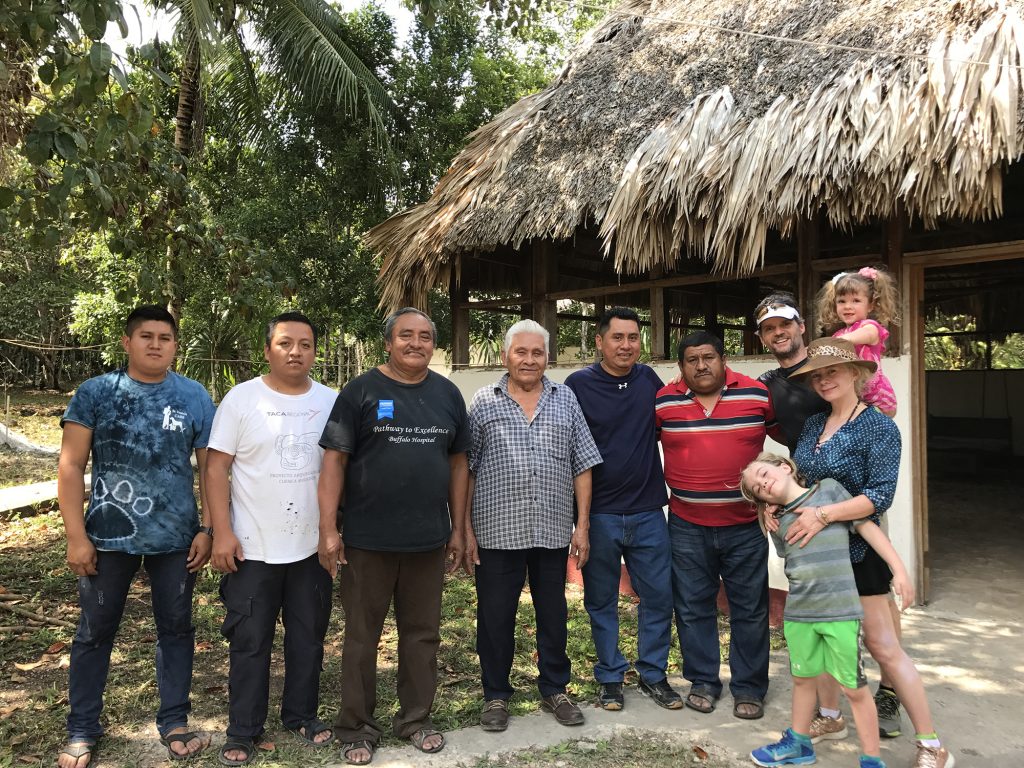
– Reginaldo Chayax Huex , Bio-Itzá Association Director, Mayan Priest, and Protector of the Earth.
For an on-the-ground view of this adventure, enjoy this video captured and packaged by the Mines team of engineers.
Click here to make a charitable, tax deductible gift directly to the Bio-Itza Association through the Donor Advised Fund established by Phia Lab Donor and The Resource Foundation.
